Where to Buy Overwatch 2
Overwatch 2 Gameplay Video
Error: Database connection failed for comparison slider.
Overwatch 2 Key Specifications
| Specification | Detail |
|---|---|
| Engine | Proprietary (Blizzard Engine) |
| Genre | First-Person Shooter, Hero Shooter, Team-Based Multiplayer |
| Initial Release | 2022-10-04 (PvP Launch) |
| Developer | Blizzard Entertainment |
| Publisher | Blizzard Entertainment |
| Setting | Optimistic Near-Future Earth & Various Global Locations |
| Perspective | First-Person (with some third-person emotes/highlights) |
| Platforms | PC (Windows), PlayStation 4, PlayStation 5, Xbox One, Xbox Series X|S, Nintendo Switch |
| Multiplayer | Core 5v5 PvP (Control, Escort, Hybrid, Push, Flashpoint), Arcade Modes, Custom Games. PvE Story Missions (Future). |
| Unique Feature | Diverse Roster of Unique Heroes with Distinct Abilities, Team-Based Objective Gameplay, Free-to-Play PvP Model, Seasonal Content & Battle Pass, Cross-Play & Cross-Progression. |
Overwatch 2 System Requirements
1080p
tune Minimum (Targets ~30-60 FPS, 1080p Low settings) – Low Preset, 1080p resolution, 1024x768 minimum resolution supported.
tune Recommended (Targets 1080p, Medium/High settings, 60FPS+) – Medium/High Preset, 1080p resolution.
1440p
tune High Refresh Rate (Targets 1440p, Medium/High settings, 120-144FPS+) – Medium/High Preset (often optimized for visibility), 1440p resolution, targeting high refresh rates.
2160p
tune 4K High Settings (Targets 2160p/4K, High settings, ~60FPS+) – High Preset, 2160p (4K) resolution, potentially using FSR or render scale for stable 60FPS+.
Overwatch 2 Laptop Recommendations
-
Core Requirements
- desktop_windowsOperating System: Windows 10 64-Bit (latest Service Pack) or Windows 11 64-Bit
A 64-bit version of Windows 10 (with the latest Service Pack) or Windows 11 is required.
- memoryDirectX: DirectX 11 (or DirectX 12 compatible card, game may utilize DX11 primarily)
Requires a DirectX compatible graphics card. Overwatch 2 primarily utilizes DirectX 11. Ray tracing is not currently supported.
- save_altStorage Note: 50 GB available hard drive space (SSD Recommended)
An SSD (Solid State Drive) is recommended for faster loading times. Ensure at least 50 GB of free disk space. This requirement may change with updates.
settings_applications Optimization Notes:
Upscaling: Supports AMD FidelityFX Super Resolution (FSR 1.0). Features an in-game dynamic resolution scaler and a static resolution percentage option. DLSS or newer FSR versions might be implemented by this date, but are not guaranteed.
Key Settings: Render Scale, Dynamic Render Scale, Model Detail, Texture Detail, Shadow Detail, Effects Detail, Anti-Aliasing, and Fog Detail significantly impact performance. Competitive players often lower settings to maximize framerates.
Overwatch 2: Post-Launch Content / DLC
Overwatch 2 follows a seasonal live-service model. Each season (typically lasting around 9 weeks) introduces a new Battle Pass, often a new hero (alternating seasons), new maps or game modes, balance changes, limited-time events, and new cosmetic items in the shop. PvE Story Missions are planned as significant post-launch premium content, releasing episodically.
Overwatch 2: Cross-Platform / Crossplay / Cross-Progression
Overwatch 2 supports full cross-platform play for its PvP modes, allowing players on PC, PlayStation, Xbox, and Nintendo Switch to play together (with options for input-based matchmaking pools). Cross-progression is also supported, meaning player progress, unlocks, and cosmetics are shared across all platforms via a linked Battle.net account.
Overwatch 2 Specific Game Elements
Overwatch 2 Weapons
- securityHero Primary Fire (Varies Greatly per Hero) (Unique per Hero (e.g., Pulse Pistols - Tracer, Rocket Hammer - Reinhardt, Biotic Rifle - Ana, Shurikens - Genji, Peacekeeper Revolver - Cassidy))
Each hero has a unique primary weapon or attack method. These range from hitscan firearms, projectile weapons, melee weapons, to beam weapons, each with its own firing rate, damage, range, and ammo/charge mechanics.
- securityHero Secondary Fire / Abilities (Varies Greatly per Hero) (Unique per Hero (e.g., Helix Rockets - Soldier: 76, Biotic Orb - Moira, Sleep Dart - Ana, Deflect - Genji, Fortify - Orisa))
Most heroes have one or more secondary fire modes or active abilities with cooldowns. These abilities define their role and playstyle, offering utility, damage, healing, defense, or mobility.
- securityHero Ultimate Abilities (Varies Greatly per Hero) (Unique per Hero (e.g., Dragonblade - Genji, Self-Destruct - D.Va, Coalescence - Moira, Transcendence - Zenyatta, Earthshatter - Reinhardt))
Each hero has a powerful Ultimate ability that charges up over time through dealing/taking damage, healing, or passively. Ultimates can significantly impact team fights, secure objectives, or provide massive utility.
- securityMelee Attack (Quick Melee) (Standardized Close Quarters)
All heroes have a quick melee attack that deals a small amount of damage. Useful for finishing off low-health enemies or in very close-quarters combat.
Overwatch 2 Vehicles
- directions_carEnvironmental Vehicles (Decorative / Map Elements) (Non-Interactable Scenery)
Many maps feature various static vehicles (cars, trucks, hovercraft, spaceships) as part of the environmental design and backdrop. These are generally not pilotable or directly interactable by players beyond providing cover or being part of the map's aesthetic.
- directions_carHero-Specific 'Vehicles' (Wrecking Ball Form, D.Va's MEKA - conceptual) (Hero Ability / Transformation)
Some heroes have abilities or forms that function like temporary vehicles. Wrecking Ball transforms into a rolling ball for high-speed mobility and impact. D.Va pilots a MEKA (mech suit) which is her primary combat form; if destroyed, she ejects as Pilot D.Va (Baby D.Va) until she can call a new MEKA.
- directions_carPayload (Escort & Hybrid Maps) (Objective Vehicle (Mobile Objective))
In Escort and Hybrid game modes, the attacking team must move a hovering or wheeled vehicle (the payload) along a predetermined track by standing near it. The defending team tries to stop its progress. The payload itself can sometimes offer minor cover.
- directions_carTS-1 Robot (Push Maps) (Objective Vehicle (Contested Robot))
In Push game mode, a large, centrally located robot (TS-1) that teams fight to gain control of. Once controlled, the robot slowly pushes a barricade towards the enemy team's spawn. It can be contested and pushed back.
Overwatch 2 Characters
- personDamage Heroes (e.g., Soldier: 76, Tracer, Genji, Cassidy, Pharah, Reaper, Widowmaker, Hanzo, Junkrat, Mei, Bastion, Symmetra, Torbjörn, Ashe, Echo, Sojourn, Venture) - Offense, Securing Eliminations, Flanking
Heroes focused on dealing high amounts of damage to enemy players. This role includes a wide variety of playstyles, from hitscan soldiers and snipers to agile flankers and projectile-based heroes. There are two Damage heroes per team.
- personKey Lore Figures (Winston, Tracer, Genji, Mercy - from original Overwatch) - Founding/Iconic Overwatch Members
Characters central to the original Overwatch storyline, often featured in animated shorts and central to the recall and new threats.
- personNull Sector Leaders & Units (PvE - Story Missions) - Antagonists (Omnic Extremist Group)
The primary antagonists in the upcoming PvE story missions. Null Sector aims to incite a new war against humanity. Their forces include various specialized Omnic robots.
- personSupport Heroes (e.g., Mercy, Lucio, Zenyatta, Ana, Baptiste, Moira, Brigitte, Kiriko, Lifeweaver, Illari) - Healing, Utility, Buffing/Debuffing
Heroes dedicated to healing teammates, providing utility through buffs (e.g., damage boost, speed boost) or debuffs on enemies, and often possessing unique life-saving abilities or crowd control. There are two Support heroes per team.
- personTalon Organization Members (e.g., Reaper, Widowmaker, Sombra, Doomfist, Moira, Sigma - in lore/PvP) - Antagonistic Organization / Playable Heroes
A shadowy terrorist organization that opposes Overwatch. Many playable heroes are affiliated with Talon, creating interesting dynamics in the lore, though in PvP, team composition is not restricted by lore allegiance.
- personTank Heroes (e.g., Reinhardt, D.Va, Winston, Orisa, Roadhog, Zarya, Sigma, Wrecking Ball, Ramattra, Junker Queen, Mauga) - Frontline, Protection, Space Creation
Heroes designed to absorb damage, protect teammates, and create openings for their team. They have high health pools, often with armor or shields, and abilities focused on defense, disruption, or area control. In 5v5, there is one Tank per team.
Overwatch 2 Missions / Objectives
- flagArcade Game Modes (e.g., Mystery Heroes, Deathmatch, Capture the Flag, Custom Games)
Objective: A rotating selection of alternative game modes with different rule sets or objectives, offering a more casual or experimental experience. Mystery Heroes assigns random heroes on respawn. Deathmatch is free-for-all or team-based elimination. Custom Games allow players to create matches with highly customized rules.
- flagCompetitive Play Matches
Objective: Play standard PvP game modes (Control, Escort, Hybrid, Push, Flashpoint) in a ranked environment. Players earn or lose Skill Rating (SR) based on wins/losses and performance, progressing through skill tiers (Bronze to Grandmaster/Champion). Rewards include Competitive Points for Golden Weapons.
- flagHero Mastery Courses
Objective: Solo challenge courses designed to test a player's skill and understanding of a specific hero's abilities and movement. Involves navigating obstacles and eliminating targets quickly for high scores and star ratings.
- flagPlay vs. AI / Co-op vs. AI
Objective: Team up with other players or AI teammates to fight against a team of AI-controlled bots in standard game modes. Useful for learning heroes or practicing team strategies in a less stressful environment.
- flagPractice Range
Objective: A solo environment where players can freely test out any hero's abilities, practice aiming against training bots, and familiarize themselves with map layouts or mechanics.
- flagPvP Matches (Control, Escort, Hybrid, Push, Flashpoint)
Objective: Compete against an enemy team of five players to achieve mode-specific objectives. - Control: Capture and hold a series of three objective points, winning two rounds. - Escort: One team escorts a payload along a set path to checkpoints, while the other team defends. - Hybrid: Attackers first capture a point, then escort a payload. - Push: Teams fight to control a centrally located robot and push it towards the enemy's spawn. - Flashpoint: Teams fight to capture rotating objective points as they become active across a large map.
- flagSeasonal Events & Limited-Time Modes (e.g., Winter Wonderland, Summer Games, Archives - in past, Halloween Terror)
Objective: Special events often introduce unique game modes (PvE or PvP), themed maps, and exclusive cosmetic rewards (skins, emotes, etc.) that can be earned by completing event challenges or through special loot boxes/shop items during the event period.
- flagStory Missions (Future PvE Content)
Objective: Upcoming cooperative, narrative-driven missions where players team up as Overwatch heroes to fight against Null Sector and other threats, progressing the overarching Overwatch story. Will feature unique objectives, enemy types, and cinematic storytelling. (Content planned for future release)
Overwatch 2 Companions / Summons
- groupStory Mission AI Companions (Future PvE) (Various Playable Heroes (AI Controlled))
Ability: In the upcoming PvE Story Missions, players will likely team up with other iconic Overwatch heroes controlled by AI (if playing solo or with a partial group) to fight against Null Sector and other threats. These AI companions will utilize their hero abilities and participate in the narrative.
- groupTeammates (Online Players or AI Bots) (Human (Player Controlled Heroes) / AI (Bot Matches))
Ability: In the core 5v5 PvP modes, players are grouped with four other teammates (human players in Quick Play, Competitive, Arcade; or AI bots in vs. AI modes or Practice Range). Teamwork, communication, and synergizing hero abilities are crucial for success. There are no persistent, commandable AI companions in the PvP modes beyond basic bot behavior.
- groupWinston's Drone (During Recall Short - Lore) (Robot)
Ability: In lore and cinematics, characters like Winston have support drones or AI, but these are not direct gameplay companions for the player in PvP.
Overwatch 2 Collectibles
- collections_bookmarkEmotes, Victory Poses, Highlight Intros
Location/Use: Unlocked via Battle Pass, Shop, challenges, or from legacy Loot Boxes (no longer obtainable directly in OW2 but items carried over).
- collections_bookmarkGolden Weapons
Location/Use: Cosmetic gold variants of a hero's primary weapon(s). Purchased using Competitive Points, which are earned by playing and winning matches in Competitive Play mode.
- collections_bookmarkHero Skins (Legendary, Epic, Rare, Common)
Location/Use: Unlocked via Battle Pass progression (free and premium tracks), purchased from the in-game Shop using Overwatch Coins (premium currency) or legacy Credits (earned in Overwatch 1, limited availability in OW2), earned from completing challenges, or during special events.
- collections_bookmarkPlayer Icons & Name Cards
Location/Use: Unlocked through Battle Pass progression, completing challenges, achievements, participating in events, or sometimes through promotions.
- collections_bookmarkSouvenirs
Location/Use: Small 3D models that can be equipped to an emote slot and displayed by a hero during an emote. Unlocked via Battle Pass or Shop.
- collections_bookmarkTitles
Location/Use: Customizable text displayed under a player's name on their profile. Unlocked by progressing through the Battle Pass or completing specific prestigious challenges.
- collections_bookmarkVoice Lines & Sprays
Location/Use: Unlocked via Battle Pass, Shop, challenges, or legacy Loot Boxes.
- collections_bookmarkWeapon Charms
Location/Use: Unlocked via Battle Pass, Shop, challenges, or as part of promotional bundles.
Top 3 Collectibles (Cosmetics & Progression):
Skins (Legendary, Epic, Rare, Common): The primary cosmetic collectibles, drastically changing a hero's appearance. Unlocked via Battle Pass, Shop, achievements, or events. 2. Weapon Charms: Small cosmetic items that hang from a hero's weapon. 3. Player Icons & Sprays: Customizable elements for a player's profile and in-game graffiti.
Overwatch 2 Armor
- shieldCosmetic Skins
Focus/Stats: Players can unlock and equip a vast array of cosmetic skins for each hero. These are purely visual and do not provide any gameplay advantages, armor value, or stat changes.
- shieldDamage Mitigation Abilities (e.g., Reinhardt's Barrier Field, D.Va's Defense Matrix, Orisa's Fortify, Zarya's Barriers)
Focus/Stats: Many Tank heroes and some other heroes have abilities that directly block, absorb, or reduce incoming damage for themselves or their team, functioning as active 'armor' or protection.
- shieldHero Health Types (Base Health, Armor, Shields)
Focus/Stats: Heroes have a health pool composed of different types: - Base Health (White): Standard health, can be healed by supports or health packs. - Armor (Yellow): Reduces incoming damage by a flat amount per hit (typically 5, or 30% for beam/DoT). Depletes before base health. - Shields (Blue): Regenerate automatically after not taking damage for a few seconds. Depletes before armor and base health. Some abilities grant temporary shields (e.g., Lucio's Sound Barrier, Zarya's Particle Barrier).
- shieldHero Hitbox Sizes & Models
Focus/Stats: While not 'armor,' the physical size and shape (hitbox) of each hero varies, impacting their survivability. Larger heroes (Tanks) are easier to hit but have more health/armor. Smaller, more agile heroes (Damage/Support) are harder to hit but generally have less health.
- shieldTemporary Health / Overhealth (Green)
Focus/Stats: Some abilities (e.g., Brigitte's Repair Pack, Junker Queen's Commanding Shout) grant temporary health that decays over time, appearing as green on the health bar. This acts as an extra buffer above normal health/armor/shields.
Overwatch 2 Clothing / Appearance
- checkroomEmotes, Victory Poses, Highlight Intros
Details: Animations that heroes can perform. Emotes are usable in-game. Victory Poses are shown at the end of a match if your team wins. Highlight Intros play before a Play of the Game replay featuring that hero. Unlocked similarly to skins.
- checkroomHero Skins (Legendary, Epic, Rare, Common)
Details: The primary form of visual customization. Each hero has a vast wardrobe of unlockable cosmetic skins that completely change their appearance, often themed around events, lore, or alternate concepts. Skins are categorized by rarity and obtained via the Battle Pass, in-game Shop (using Overwatch Coins or legacy Credits), achievements, or promotional events. They do not affect gameplay.
- checkroomPlayer Icons & Name Cards
Details: Cosmetic items to personalize a player's profile, visible in menus and social screens. Unlocked through various means.
- checkroomVoice Lines & Sprays
Details: Short audio clips that heroes can say in-game, and small images that can be sprayed onto surfaces in the game world. Numerous options available for each hero.
- checkroomWeapon Charms
Details: Small cosmetic trinkets that can be attached to a hero's weapon for personalization. Unlocked via Battle Pass, Shop, or challenges.
- checkroomWeapon Skins (Often tied to Hero Skin)
Details: Most Hero Skins also come with a unique corresponding skin for that hero's primary weapon(s). Some standalone weapon skins or gold weapon variants (unlocked with Competitive Points) are also available.
Overwatch 2 Other Features & Info
- labelUser Interface
Features a clean first-person HUD displaying health, ammo, ability cooldowns, ultimate charge, and objective status. Team status and kill feed are also prominent. Menus for hero selection, customization (Hero Gallery), Battle Pass, Shop, Challenges, and social features are accessible. The UI emphasizes clear visual communication of game state and abilities.
- labelSound and Music
Features an orchestral score with heroic and uplifting themes, with unique musical cues for maps and events. Sound design is critical for gameplay, with distinct audio cues for each hero's abilities, weapons, footsteps (differentiating enemy vs. ally), and ultimate ability activation. Voice lines for heroes provide personality and important callouts.
- labelGraphics and Visuals
Utilizes an evolved version of Blizzard's proprietary engine, known for its stylized, vibrant, and clean art style. Features colorful and diverse map environments, distinct hero designs with detailed animations, and flashy ability effects. The visual design prioritizes clarity and readability in fast-paced combat.
- labelAccessibility Features
Offers a range of accessibility options, including extensive control remapping (PC), subtitle and text chat customization, colorblind modes for UI and gameplay elements, options for sound cues (e.g., visual indicators for critical sounds), aim assist options (controller), and options to reduce camera motion or screen effects.
- labelStory and Setting (Lore Context)
Overwatch 2 continues the story of the Overwatch universe. Years after the original Overwatch organization was disbanded following the Omnic Crisis (a global war against sentient robots called Omnics) and subsequent controversies, a new global threat emerges with the rise of Null Sector (an extremist Omnic group) and other shadowy organizations like Talon. Winston issues a recall, bringing former Overwatch agents back together and recruiting new heroes to face these threats. The narrative unfolds through animated shorts, in-game lore, character interactions, and future PvE story missions (launching episodically).
- labelMap Design (PvP Maps)
Features a variety of maps across global locations, each designed for specific game modes. Maps are categorized by mode: Control (e.g., Ilios, Lijiang Tower, Oasis), Escort (e.g., Dorado, Route 66, Watchpoint: Gibraltar), Hybrid (Escort/Assault - e.g., King's Row, Numbani, Eichenwalde), Push (new mode with centrally located robot - e.g., New Queen Street, Colosseo, Esperança), and Flashpoint (new mode with rotating capture points - e.g., Suravasa, New Junk City). Maps feature multiple pathways, chokepoints, verticality, and health pack locations, encouraging strategic team play.
- labelGameplay Mechanics (Heroes, Roles, Abilities, Ultimates)
Players choose from a roster of unique Heroes, each belonging to one of three roles: Tank (high health, abilities to protect teammates and create space - e.g., Reinhardt, D.Va), Damage (abilities focused on dealing high damage and securing eliminations - e.g., Soldier: 76, Tracer), and Support (abilities to heal, buff allies, or debuff enemies - e.g., Mercy, Lucio). Each hero has a primary weapon, several unique active abilities with cooldowns, and a powerful Ultimate ability that charges over time and can turn the tide of a match. Team composition and ability synergy are crucial. The game shifted from 6v6 (Overwatch 1) to 5v5 (1 Tank, 2 Damage, 2 Support).
- labelGame Editions & Monetization
Overwatch 2's PvP component is free-to-play. Monetization is primarily through a seasonal Battle Pass (free and premium tracks offering cosmetic rewards, new heroes for free track or instant unlock on premium), and an in-game Shop selling cosmetic items (skins, weapon charms, emotes, voice lines, sprays, player icons) for Overwatch Coins (premium currency). The Watchpoint Pack was available at launch providing access to Season 1 Premium Battle Pass, 2000 Overwatch Coins, and several Legendary skins. Future PvE Story Missions are expected to be sold as premium content.
- labelTop 5 Heroes (Subjective/Iconic - examples across roles)
- 1. Tracer (Damage): Highly mobile flanker with Blink and Recall abilities. 2. Reinhardt (Tank): Classic shield tank with a Rocket Hammer and Earthshatter ultimate. 3. Mercy (Support): Iconic healer with Caduceus Staff, Guardian Angel for mobility, and Resurrect ability. 4. Genji (Damage): Agile cyborg ninja with shurikens, Swift Strike, Deflect, and Dragonblade ultimate. 5. Ana (Support): Versatile sniper support with Biotic Rifle (heals allies, damages enemies), Sleep Dart, and Biotic Grenade.
- labelGame Modes (PvP)
Core modes include: Control (capture and hold a central objective), Escort (attackers escort a payload, defenders try to stop it), Hybrid (capture a point then escort a payload), Push (teams fight to push a centrally located robot towards the enemy base), Flashpoint (teams fight over rotating capture points). Arcade mode features various alternative and experimental game modes. Custom Games allow for extensive rule customization.
- labelTop 3 Gameplay Loops/Objectives (PvP)
- 1. Objective Control (Control, Escort, Hybrid, Push, Flashpoint): The core of most game modes, requiring teams to coordinate to capture, defend, or move objectives. 2. Ultimate Economy & Team Fights: Building and strategically using powerful Ultimate abilities to win decisive team fights. 3. Counter-Picking & Role Synergy: Adapting team composition by switching heroes to counter the enemy team's strategy and synergizing abilities within the 1 Tank, 2 Damage, 2 Support role structure.
- labelTop 3 Heroes by Role (Example of iconic/defining heroes)
- 1. Tank: Reinhardt (classic shield and melee presence) / D.Va (versatile mobility and damage mitigation). 2. Damage: Tracer (high mobility flanker) / Soldier: 76 (traditional FPS all-rounder). 3. Support: Mercy (dedicated single-target healer and reviver) / Lucio (AoE healing/speed boost and crowd control).
- labelPvE Story Missions (Future Content)
Planned as significant post-launch additions. These co-operative missions will delve into the Overwatch lore, focusing on the new Omnic Crisis and the fight against Null Sector. They will feature narrative progression, unique objectives, and hero-specific interactions. Expected to be premium content, released episodically.
Overwatch 2 Frequently Asked Questions
- help_outline Is Overwatch 2 free-to-play?Yes, the core PvP (Player versus Player) component of Overwatch 2 is free-to-play. Monetization comes from a seasonal Battle Pass, an in-game shop for cosmetic items, and future premium PvE (Player versus Environment) story missions.
- help_outline What is the team size in Overwatch 2 PvP?Overwatch 2 shifted from the 6v6 format of the original game to a 5v5 format, with team compositions typically consisting of 1 Tank, 2 Damage, and 2 Support heroes.
- help_outline Do I need to have played Overwatch 1 to play Overwatch 2?No, new players can jump directly into Overwatch 2. Existing Overwatch 1 players had their accounts, progression, and cosmetics carry over to Overwatch 2. The sequel builds upon the established lore and characters, but is designed to be accessible to newcomers.
- help_outline What is a Battle Pass in Overwatch 2?The Battle Pass is a seasonal progression system with free and premium tracks. By playing matches and completing challenges, players earn XP to level up their Battle Pass and unlock cosmetic rewards like skins, emotes, voice lines, player icons, etc. New heroes are typically unlocked through the free track of the Battle Pass or available for instant unlock on the premium track (or later via challenges/Shop).
- help_outline What are PvE Story Missions?PvE (Player versus Environment) Story Missions are upcoming cooperative, narrative-driven experiences that will expand on the Overwatch lore and pit heroes against AI-controlled enemies like Null Sector. These are planned as premium content, released episodically.
- help_outline Does Overwatch 2 have cross-play and cross-progression?Yes, Overwatch 2 supports full cross-platform play, allowing players on different platforms (PC, PlayStation, Xbox, Switch) to play together in PvP modes. It also supports cross-progression, meaning your progress, unlocks, and cosmetics are linked to your Battle.net account and accessible across all platforms.
- help_outline How are new heroes unlocked?New heroes are typically introduced with new seasons. They can be unlocked by progressing through the free track of the seasonal Battle Pass (e.g., reaching a certain tier). Alternatively, players can often get instant access to the new hero by purchasing the premium Battle Pass for that season. Heroes from past seasons that a player missed can usually be unlocked by completing specific in-game challenges or potentially through the in-game shop.


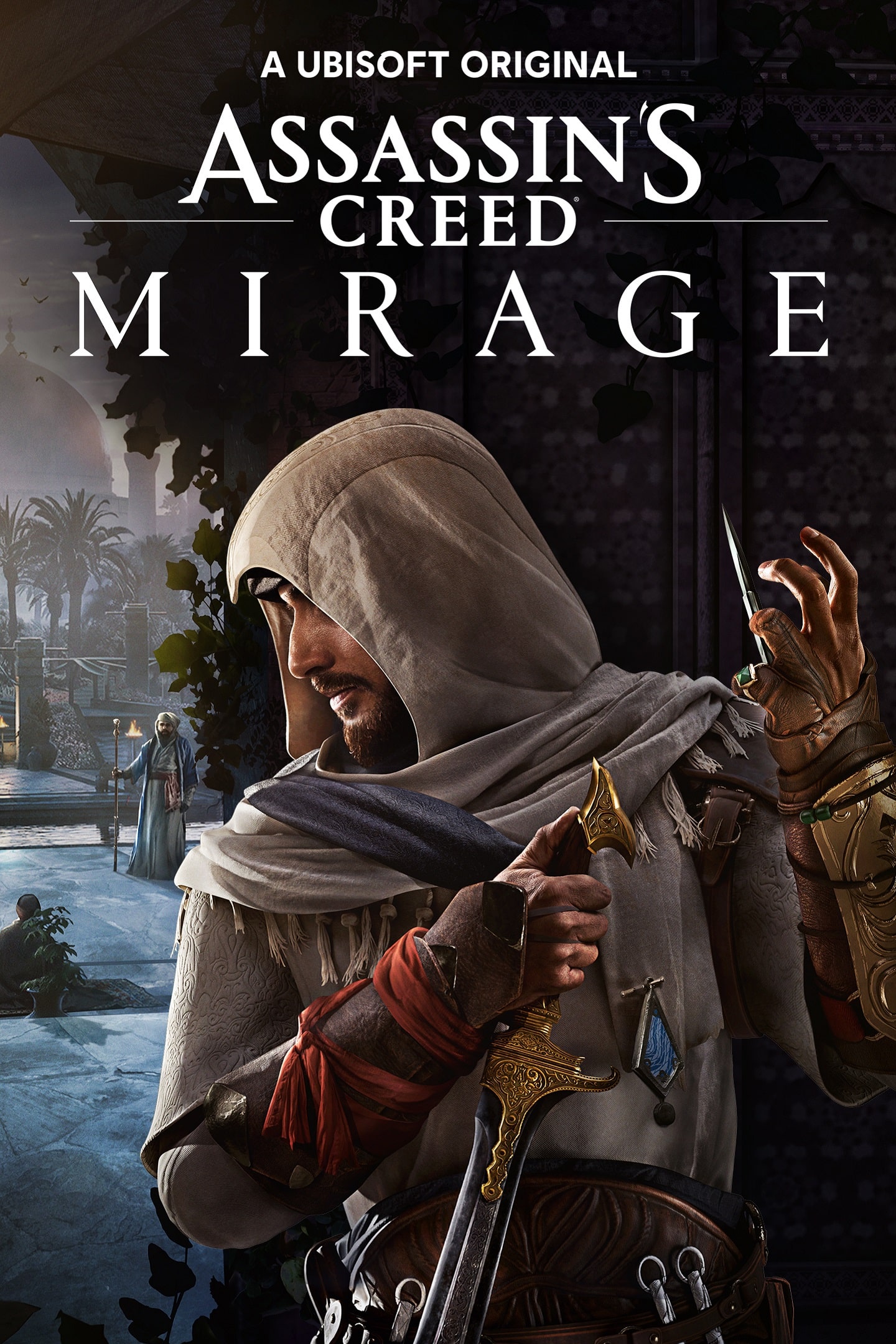
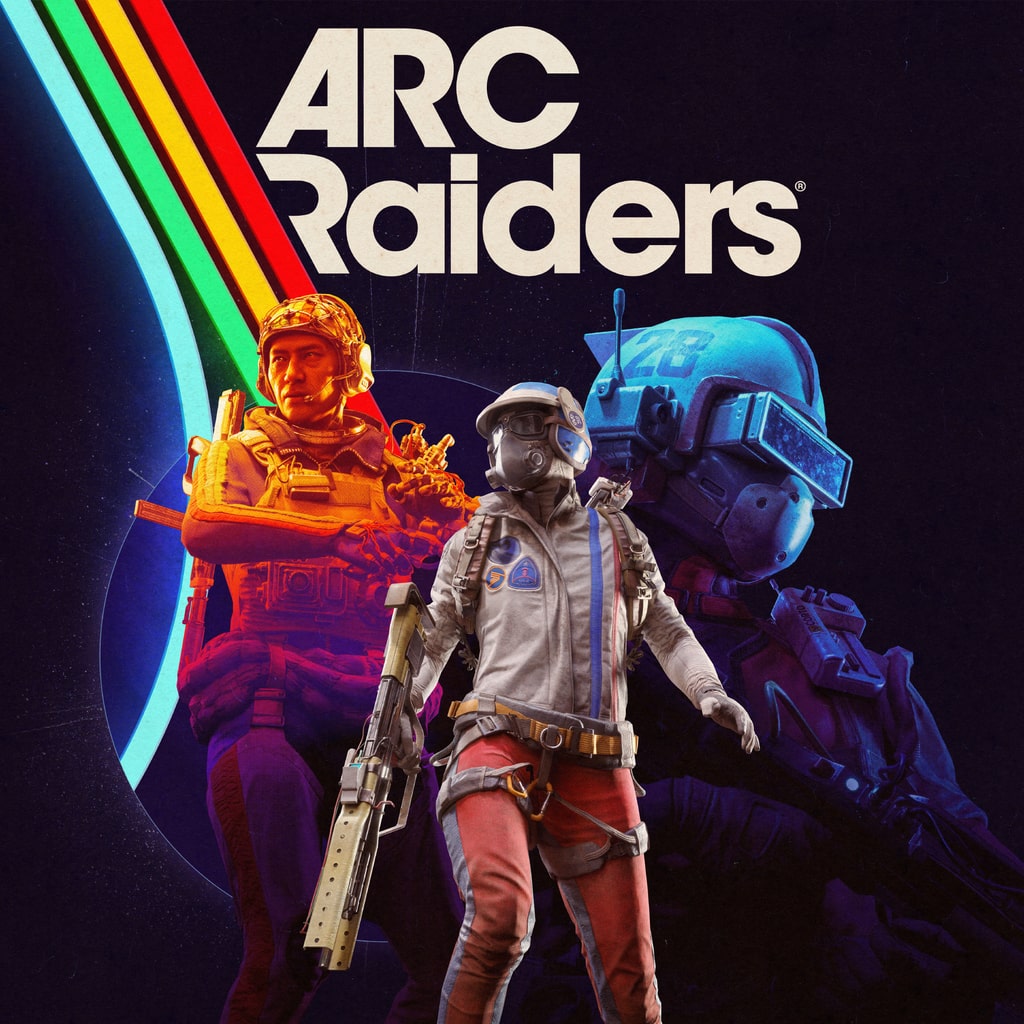


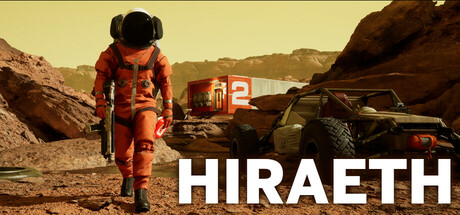
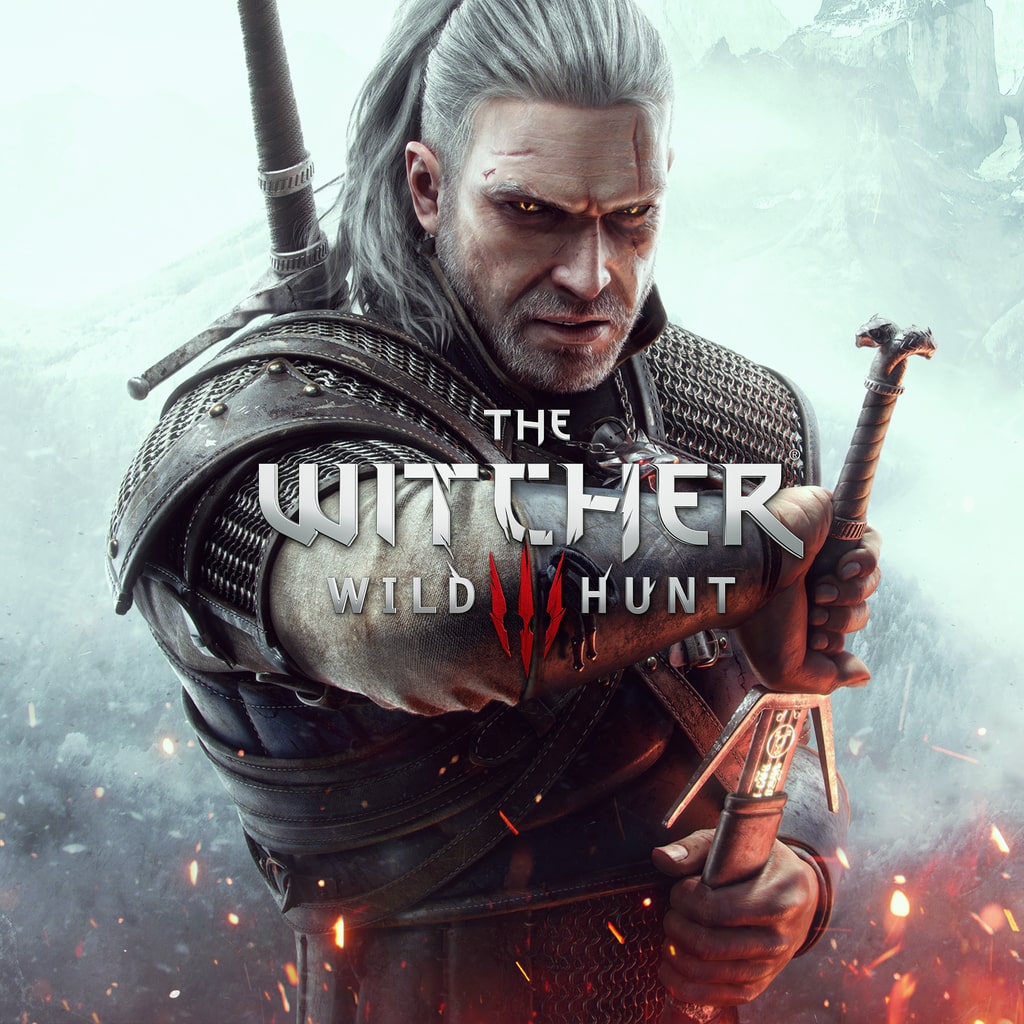
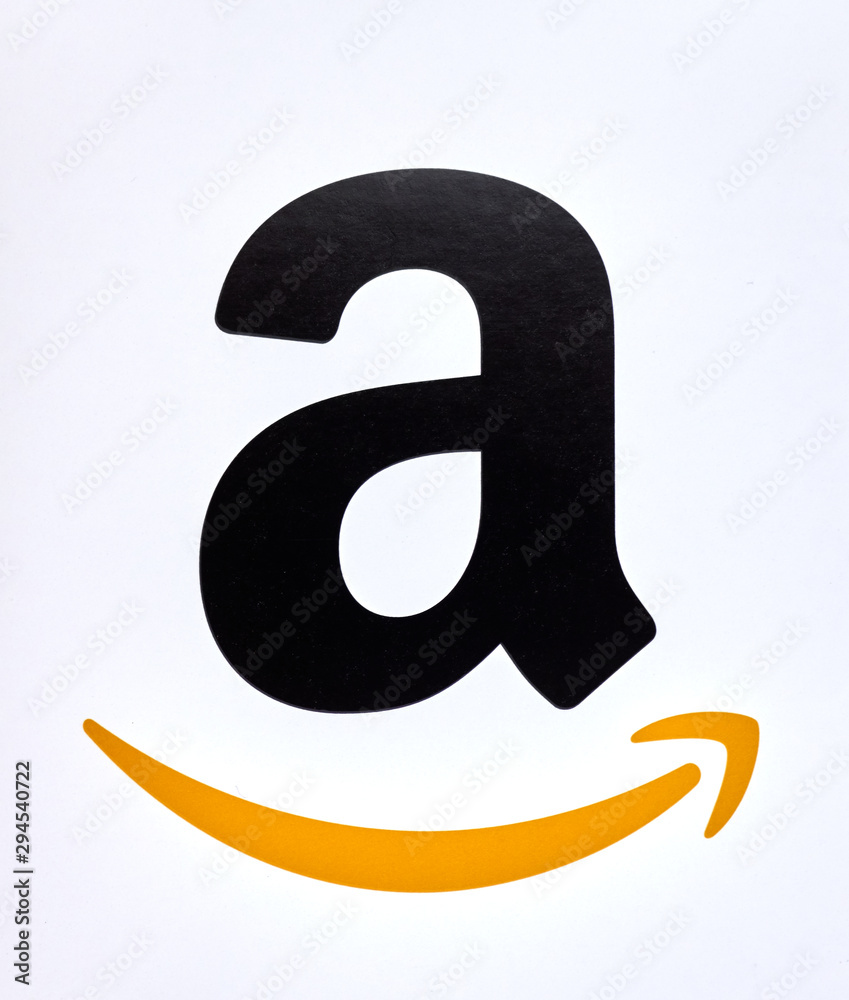 storefront
storefront
















